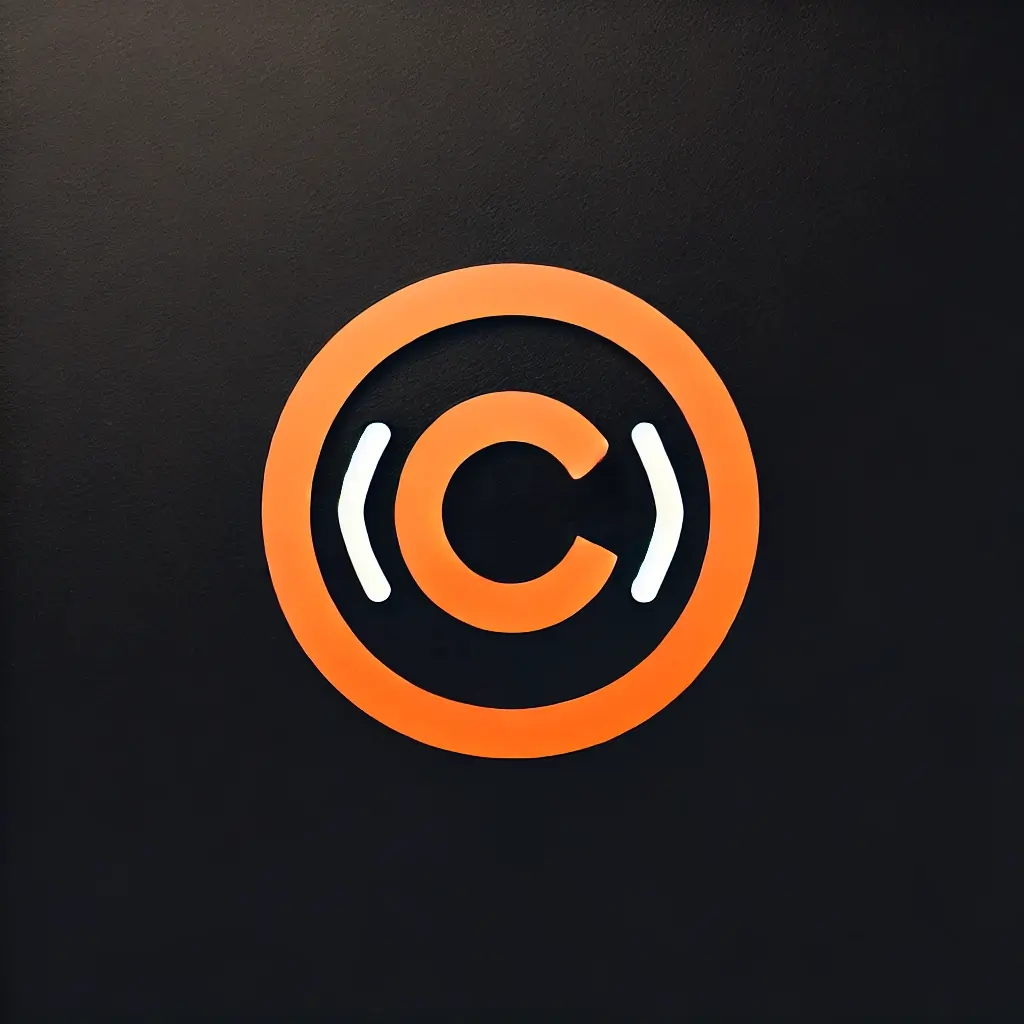CSS
The clothing of Webpages
Why do I use CSS and what can I do with it?
CSS (Cascading Style Sheets) is used in web development to control the look and feel of a website, allowing you to style HTML elements in a way that’s visually appealing and user-friendly. While HTML provides the structure and content, CSS handles how that content is presented, including colors, fonts, spacing, and layout. With CSS, you can transform a basic HTML page into a polished and engaging design by specifying exactly how each part of the page should look. CSS is powerful because it separates content from design, making it easier to update styles without changing the HTML structure. For example, if you want to change the color of all headings on a site, you can do it in one place within a CSS file, and it will automatically apply everywhere. CSS can also create responsive designs, which means you can adjust how your website looks on different devices like mobile phones, tablets, and desktops. This flexibility is crucial for creating user-friendly websites that look good on any screen size. In summary, CSS is essential for web development because it allows you to control the visual style and layout of a webpage, improve user experience, and make your site adaptable to different devices. It’s the tool that makes websites visually engaging and modern, complementing the structure provided by HTML.
How do I write CSS?
Inline CSS involves adding styles directly to an HTML element using the
style attribute. For example:
<p style="color: blue;"> This is blue
text. </p>
This makes the paragraph blue. However, inline CSS is typically only
used for small, specific changes, as it can make your code harder to manage.
Internal CSS is placed within the "<style>" tag in the
<head> section of an HTML document. This method is useful if you only
need the styles for a single page. Here’s an example:
<style>
p {
color: blue;
}
</style>
External CSS is the most common and efficient way to write CSS, as it keeps
all styles in a separate .css file (e.g., styles.css). This file
is then linked to the HTML document using a "<link>" tag in the
section, like so:
<head>
<link rel="stylesheet" href="styles.css">
</head>
Inside your CSS file, you create selectors (like p,
h1, .classname, #idname) to target HTML elements and
define their styles. For example:
body {
background-color: lightgray;
}
h1{
font-family: sans-serif;
}
p {
color: blue;
font-size: 16px;
}
Each style rule has a selector (the HTML element or class you want to
style), followed by property-value pairs inside curly braces
{}, which define what the element should look like. For instance:
color: blue;
is a rule that sets the text color to blue.
Using CSS properly, especially external CSS, makes it easy to style and maintain your
website, as changes in the CSS file automatically update all linked pages. This approach is
key to keeping your web design organized and efficient.
<p class="red-text"> or
<h1 class="red-text">. Then, in your CSS file, you define the
styles for that class by starting with a dot followed by the class name:
.red-text { color: red; }. This tells the browser to make the text
color red for any element with the class "red-text". Classes are very flexible
because you can use the same class on different types of elements—like paragraphs,
headings, or divs—and they will all share the same styles. This makes it easier to
keep your code organized and to make global changes to your site's appearance
without editing multiple style rules. In summary, CSS classes allow you to group
HTML elements and apply consistent styling to them, simplifying the process of
designing and updating your website's look.
id attribute to an HTML element.
For example, <div id="main-header"> creates a div element with
the ID “main-header.” In your CSS file, you can target this element specifically by
starting the selector with a hash symbol (#) followed by the ID name,
like this: #main-header { background-color: blue; }. This style rule
will only apply to the element with the ID "main-header". ID selectors are
especially useful when you need to style one unique element differently from others
on the page, like a main header, footer, or a specific section that requires
distinct styling. However, since IDs are unique, they should be used sparingly to
avoid conflicts and ensure your CSS is easy to manage. In short, CSS ID selectors
let you target and style individual elements uniquely, making them a powerful tool
for customizing specific parts of a webpage.
Flexbox and
Grid to improve layout design, it can still be challenging to create
highly customized layouts that work consistently across all screen sizes and
browsers. Additionally, CSS can be difficult to manage on larger projects. When
styles become complex, with many classes, IDs, and nested elements, CSS files can
become lengthy and hard to maintain, especially if multiple developers are working
on the same codebase. CSS also struggles with managing state changes efficiently.
While pseudo-classes like :hover or :active allow for some
interactivity, CSS alone cannot fully respond to user actions or changes in data,
such as toggling content visibility or updating styles based on user input. In
summary, CSS is essential for styling and layout but has limits when it comes to
dynamic functionality, complex layouts, and scalability in large projects. These
limitations are why CSS is often used together with JavaScript and other tools to
create fully interactive, well-designed websites.

HTML
If you are interested in getting a quick overview of HTML, then click here.
Learn more about HTML
JavaScript
You have the basics of HTML and CSS down? Learn more about JavaScript.
Learn more about JavaScript
Code Institute
If you are interested in getting started, why don't you take a look at the Webpage of Code Institute.
Start now